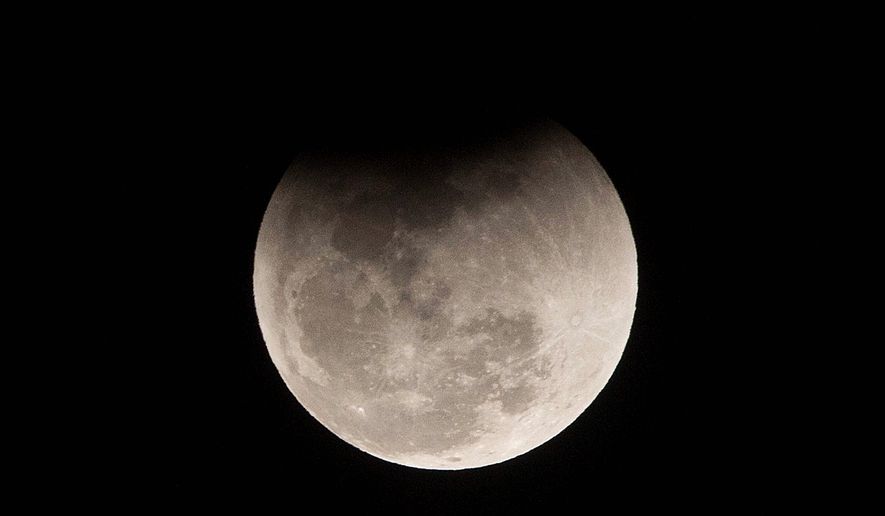NASA has put a price on Artemis, the space agency’s ambitious plan for returning to the moon by 2024.
“For the whole program, to get a sustainable presence on the moon, we’re looking at between $20-30 billion,” NASA Administrator Jim Bridenstine said in an interview that aired Thursday.
Speaking to CNN, Mr. Bridenstine said the money for the project would be needed in addition to funds allocated to NASA’s annual budget and does not include funds already spent on the SLS rocket and Orion capsule likely to be used.
NASA’s current annual budget is $21.5 billion, and spreading the estimated cost of Artemis over the next half-decade would necessitate an additional $4 billion to $6 billion each year.
Unveiled by NASA last month, the project aims to return astronauts to the moon by 2024 and eventually establish a “sustained human presence” on and around the moon within four years.
President Trump has asked Congress to authorize an additional $1.6 billion for NASA’s budget next year, and he recently said on Twitter that the money was needed to fund efforts including “going back to the Moon, then Mars.”
Mr. Trump has since called the lunar aspect into question, however, criticizing the proposed moon return in another tweet weeks later.
“NASA should NOT be talking about going to the Moon — We did that 50 years ago. They should be focused on the much bigger things we are doing, including Mars (of which the Moon is a part),” Mr. Trump tweeted June 7.
Returning to the moon will ultimately benefit any subsequent trip to Mars, Mr. Bridenstine explained in the interview.
“Earth and Mars [are] on the same side of the sun once every 26 months,” he said. “That means we go to Mars we have to be willing to stay for a period of two years. We don’t want to have to learn how to live and work on another world for the first time at Mars because the risk is too high.
“Think of it as a short-term investment to have a sustainable program at the moon where we’re ultimately keeping our eyes on Mars,” he continued. “How do we learn to live and work on another world, namely the moon, and then go on to Mars, and do it in a way where, when this is complete, the American people have a program that they can be very proud of for the long term.”
• Andrew Blake can be reached at ablake@washingtontimes.com.




Please read our comment policy before commenting.